When Satyaki told me about starting Diamox prophylactic, I was a little circumspect regarding its actual need. Though being medical grads, both of us, we were aware of Acute Mountain Sickness; I was not sure why young people like us need to consider Diamox before visiting Gurudongmar Lake. But when he said, “Boss, you are an avid smoker, I hear the way you cough, I am telling you, you will never make it. I know people who do regular exercises yet had a problem there, and you are obese, unfit and smoker”, I was kind of capable of seeing myself collapsing at 17000 feet above the sea level, right the moment I stepped out of my car.
I mean, he has this brilliant ability to make you believe an imaginary situation quite easily. But then, when the concern was about my own health, and I knew that the situation imagined was a very much possible one, there was no point in ignoring the warning.
So, four of us, Satyaki, Swastika, Jayeeta and I, had our first Diamox dose after having lunch at Mangan situated in the state of Sikkim in northeast India. We were going to visit North Sikkim district including Gurudongmar Lake and Yumesamdong (Zero Point), both of which are well above 15000 feet from sea level.
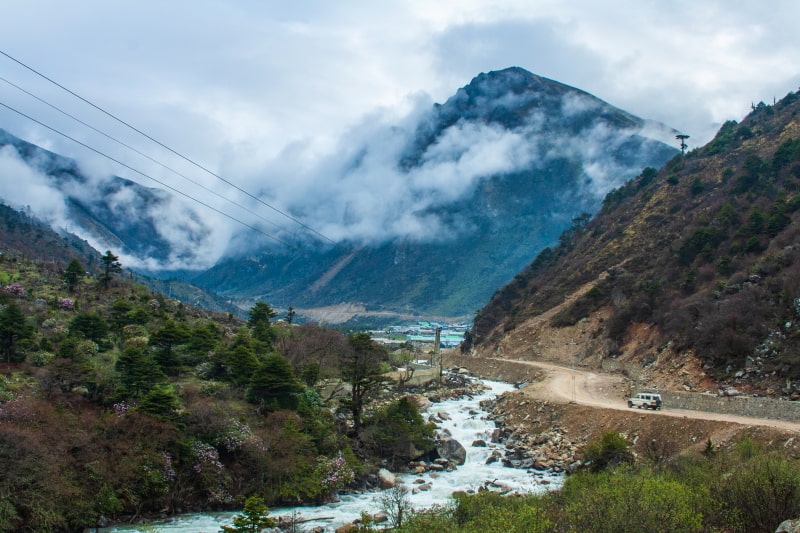
Our first halt was at Lachen, a small village on the way to Gurudongmar Lake. Lachen is the usual first night stop for all travellers who will visit Gurudongmar by car. And on the next day, we had to start our journey by four in the morning for Gurudongmar Lake so that we could get out of that place before the high wind starts. It is said that the wind is so fierce it can lift stones in the air. Well, a lot of mysterious things can happen in high altitudes, I believe, especially when the height is staggering 17100 feet from sea level.
It was an exhausting seven hours road journey before we reached Lachen. The hotel in Lachen was a small two-storied building with six rooms altogether. And when we reached there, it was almost dark.
The temperature was below 10 degrees while the wind made it feel colder. So, pretty quick, we locked ourselves in our rooms. But that did not change the scenario to a great extent. The chill was still quite palpable under the double layers of blanket. And the diuretic potency of Diamox started to show its effect after the second dose. As a result, the sleep was not very comfortable. So, we were almost half-awake at 3:30 am, and the phone alarm did the rest.
We already did our homework on Gurudongmar Lake, discussing how we will march forward, take a brief pause in between, no shouting, not even speak in a loud voice, and no smoking for 72 hours before the journey. The last one was for me, of course, and I felt so confident that I started to think this would be my first step to quit smoking. But, then, I would never forget what one of my examiners said to me during my final post-grad examination, a year later of this trip while presenting my long case on Buerger’s Disease, “You know son! smokers are liars.”.
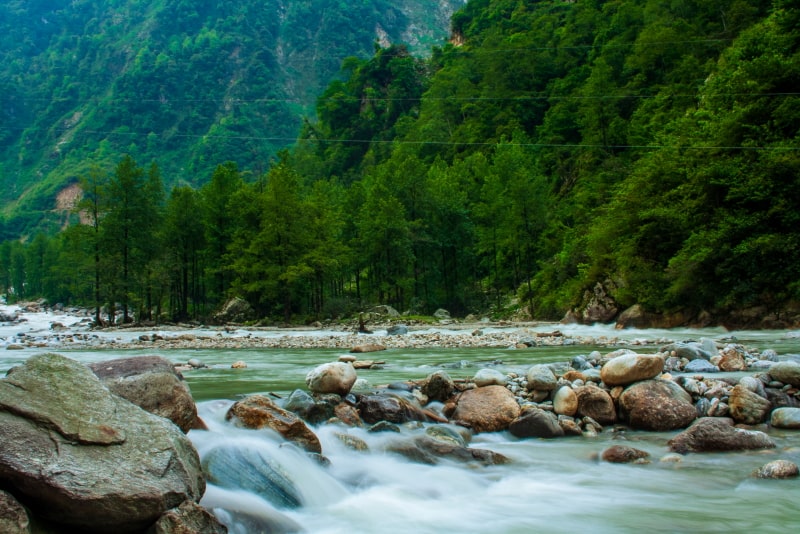
David, our driver, was waiting downstairs and by 4:30 am we started our journey towards Gurudongmar Lake. For the initial half an hour, I slept in the car until Jayeeta pushed me with her elbow. “Look, there is snow on the leaves.”, she said. But in faint daylight, as the day just started to break, I could hardly notice anything through the foggy car window. So I preferred to go back to my original posture, only moving with car’s jerking, resting my head over the window by my side.
Do you need help to plan your first trip to North Sikkim?
The army settlement in Thangu was our first halt and the only one eventually. The picturesque small village with the Teesta river flowing across the valley, inhabited by nomadic tribes apart from the Indian Army camps, acts as an acclimatization point for our brave soldiers before proceeding to the higher altitudes of the India-China border. We had our breakfast there in a roadside shack sitting beside the fire and talking to the owner lady. A plate of Maggi and a glass of tea made with yak milk were perfect to match the remoteness of the place. We enjoyed our 45 minutes acclimatization break before starting for our last leg of the journey towards Gurudongmar.
So many days of planning, so many chitchats, and so much homework. Finally, we were just 30 kilometres away from fulfilling our dream of visiting Gurudongmar Lake. A high alpine lake spread over 290 acres, fed by glaciers and considered sacred by three different religions, situated at the Tibetan plateau north of the Kanchendzonga range and five kilometres south of the India-China border.
The next two hours journey was like cruising through another planet. The rugged mountains, the scanty vegetations gradually disappearing with gaining altitude and the brightest blue sky I ever encountered, my lightheadedness seemed to be due to the purest air that I was inhaling. Finally, we came to an endless plateau covered with gravel and rocks, without any road, just a few random imprints by heavy tyres of SUVs. We followed one of them heading towards one snow-capped peak among the many, pointed by David, that I hardly understood.
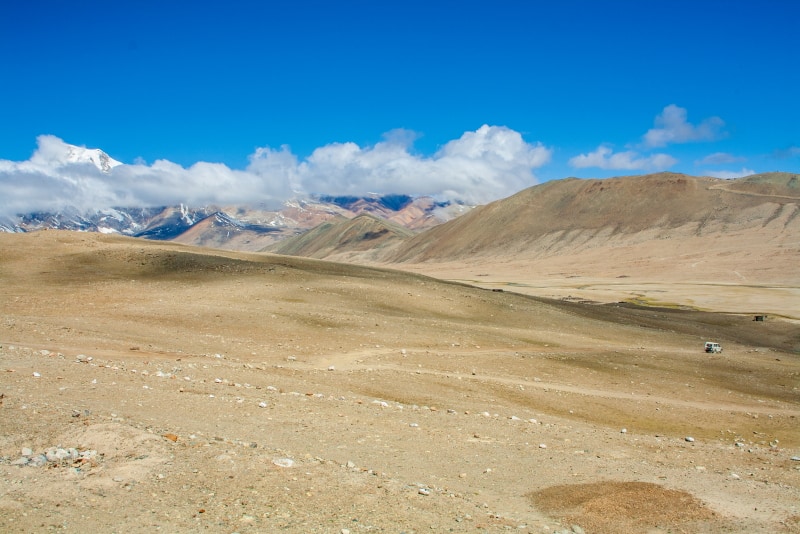
When our car stopped beside the lake on our left, I was awestruck by the beauty of the place. An almost circular lake with turquoise blue water and a glacier melting into it at the far corner, surrounded by mountains on three sides with white clouds floating above creating shadows over the mountain and reflections in the lake water. The welcome board on our right covered with colourful prayer flags told us about the altitude of the lake while the temple in front of us was signifying its religious importance. We sat still inside our car for the initial two minutes.
“Are you having any problem”, David asked.
“No, we are fine”, I replied, “You go ahead”.
This was my plan, sitting quietly for a couple of minutes once we reached the lake. Though no specialist will ever give you this kind of advice because two minutes is nothing for your body to get acclimatised anywhere on the earth, I proposed this idea for two reasons – one, I must share something worthy like my friend Satyaki did about Diamox and second, getting out of the car as soon as we reached and running towards the lake with outstretched hands was not my cup of tea either. So, we stuck to our motto, move less to see more.
The next part was unplanned, though. A visit to the brick-walled toilet painted in bright yellow, the most beautiful one I had ever visited, on the other side, away from the lake, courtesy the Diamox morning dose, taken after breakfast in Thangu. By the time I got out of the toilet; came to know someone had fainted and brought back towards Thangu. So, immediately, we became more cautious, no brisk movements, no quick turns, just easy one step at a time.

Acute mountain sickness is an entity that mountaineers and high altitude hikers are very familiar with, but common people are not so acquainted with its name. So, a tourist who can access a destination that is more than 5000 meters above sea level within a few hours, by car, often forgets about the lack of oxygen pressure in the air at that altitude. As a result, the slightest physical exertion or the heightened emotion that is a perfect gesture below 2500 meters can be life-threatening at this height. While most of us may experience a little headache or nausea, it is not uncommon to suddenly see someone getting faint or having severe respiratory distress, especially at extreme ages.
After taking some group photos beside the parking, we went down near the lake. Jayeeta sprinkled the holy water from the lake over my head and herself. The coldest blessing that I ever got. Devotees also believe that by walking around the lake, one can be blessed with a child. But I was fortunate that Jayeeta was not aware of that. So, quickly, I got busy with my camera.
My one-day-old Vanguard tripod, bought in M.G.Marg in Gangtok, worked perfect standing on the freezing water of Gurudongmar Lake while I sat on a boulder after taking a few pictures of the lake and the surroundings. The wind that created a beautiful ripple over the water was perfect for a visual treat but not for a perfect reflection shot, I guess. And then, I was not very keen to work on any different frame either, must be the low oxygen that interrupted my thought process. Three quick doses of Diamox were not enough to flush out all the nicotine from my body that I inhaled for the last eight years.

So. I preferred to sit there calmly while Jayeeta and Swastika went back to the car and Satyaki was busy taking a few pictures mounting his camera on the tripod. He was working on a panorama shot until I saw David waving at us. He was gesturing to go back to the car. I checked my watch; it was almost one and a half hours since we came here. And our car was the last one standing in this barren Himalayan desert. So we decided to climb the stairs back to parking.
Swastika told that they were calling for two of us for the last five minutes, but we did not hear a thing, a disadvantage of thin air and high wind. David told us that we must go now as there is heavy rain in the lower reaches. We forgot to ask him how he was so sure about the rain when there is no mobile network and no one else standing there to communicate with him this little piece of valuable information. Rather the empty open parking right beside Gurudongmar Lake kind of signalled us that it was time to return.
An older man sitting on a wooden bench outside the little temple, offered us the second cup of yak-milk tea of the day before we boarded our car and started back our journey towards Lachen. The gravel laid moraine with the heavenly Gurudongmar lake were left behind as we drove towards Thangu.
Finally, I started to feel really lethargic and nauseated, so, preferred to sit still rather than looking behind. Did everyone feel the same or it just my brain that was hypoxic? I needed rest, but then we had to proceed to Lachung by the end of the day. The next day we had to go to Zero Point.
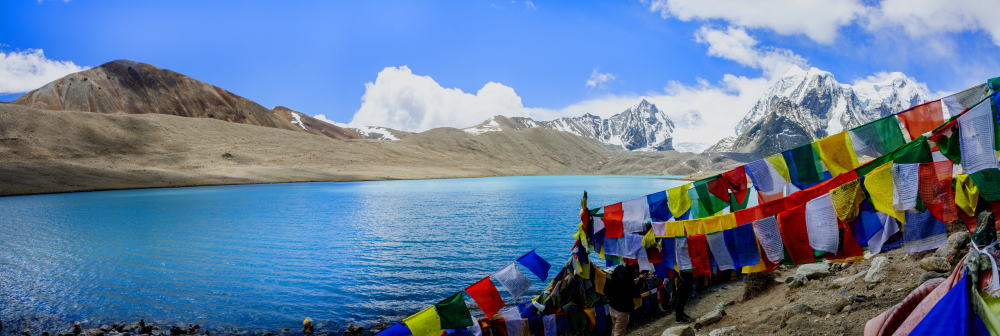
Book your trip: Resources
- Flight
Use Skyscanner or Google Flights to book your flight.
- Accommodation
Tripadvisor and Agoda are perfect for booking your hotel. If you want to stay in a hostel, then Hostelworld would greatly help you find one at your convenience.
- Travel Insurance
World Nomads is perfect for travel insurance. You can get comprehensive protection from them. Let them take care of unexpected situations while you concentrate on your trip.
- Package Tour and Activities
You can book a package tour from G-Adventures and Viator. They are a reputed company arranging small group tours and customising them per your requirements. You can also use Get Your Guide to book your private transport, city tours, heritage walks, food walks and other experiences like a cooking lesson or a Yoga session.
Disclosure: Some of the links below are affiliate links. You will be directed to another third-party website when you click those links. If you purchase anything via those links, I will earn a referral bonus without any extra cost to you.
Disclaimer:
- Do not take any medication without the advice of a doctor. If you plan to visit a high altitude place like Gurudongmar Lake, consult your doctor beforehand, especially if you have a member of extreme age or with co-morbidities.
- This post contains affiliate links. When you click on those links, you will be directed to another third party website. If you purchase anything via those links, I will earn a referral bonus without any extra cost to you.
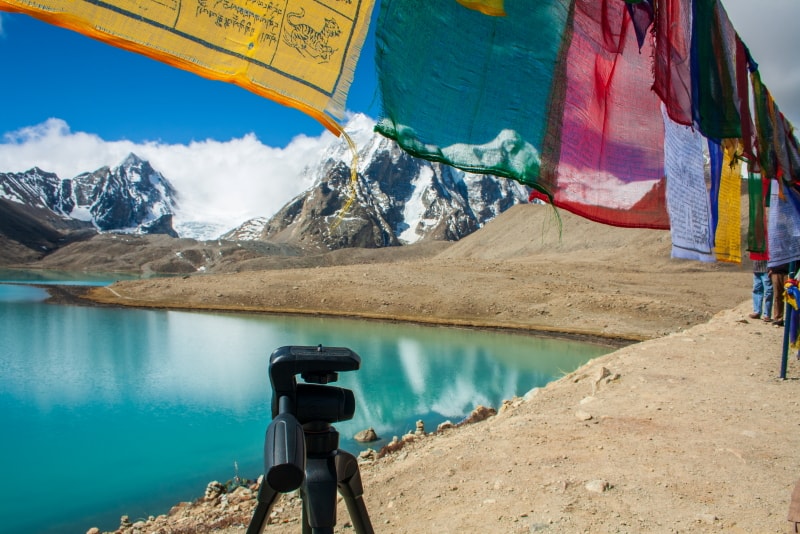
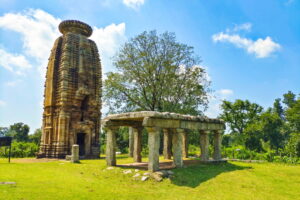
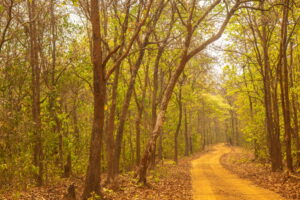
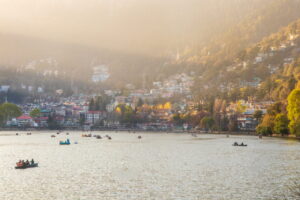
Pingback: North Sikkim Trip - Everything You Need To Know | A Complete Guide For First-time Travellers - My Travel Frames